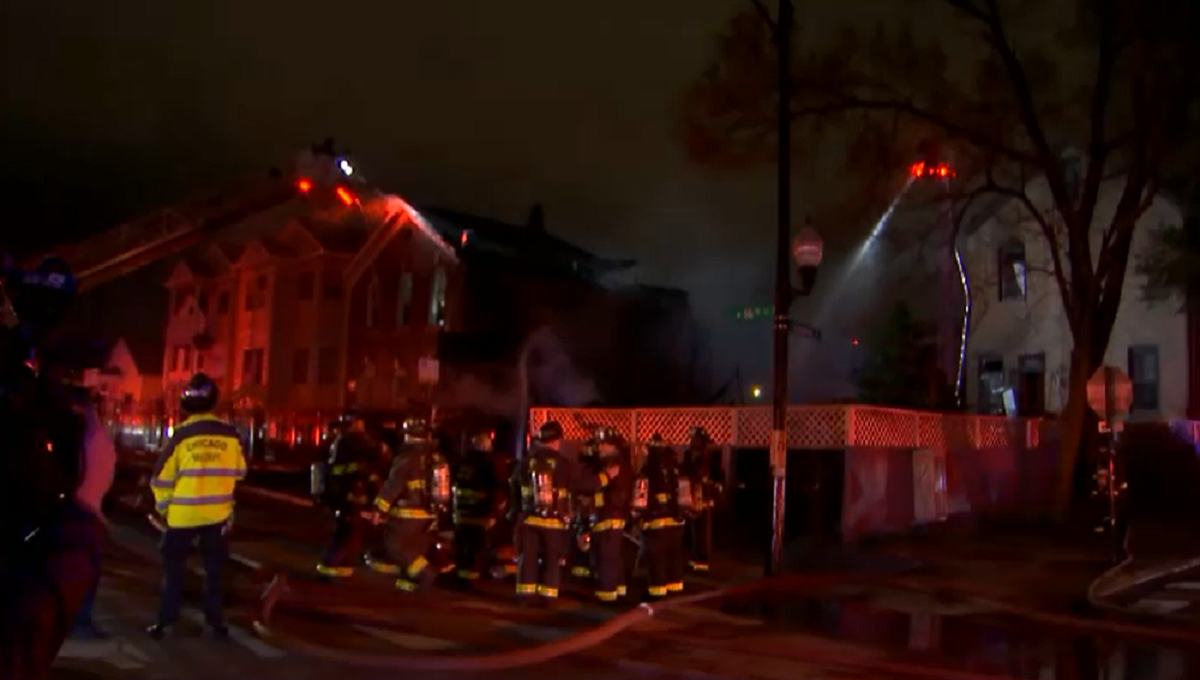Dixon, Illinois, doesn’t go quite as ga-ga over Ronald Reagan as Springfield does over Abraham Lincoln. But he’s still the number-one tourist attraction in a town that’s not famous for anything else but a state prison.
Reagan’s father, a shoe salesman, moved the family here in 1920, taking a job as manager of the Fashion Boot Shop. They rented a house at 816 S. Hennepin Ave., which is now the Ronald Reagan Boyhood Home. As a boy in this house, Reagan couldn't afford a piggy bank, so he stored his change under a loose tile in the hearth. While restoring that hearth, workers left one tile unglued. When Reagan visited for the dedication in 1984, he knelt down and slid four pennies beneath it. Later, a Russian visitor who heard that story knelt down and kissed the tile, said manager Marilyn Jones.

The Historical Museum in the Loveland Community Building has a small Reagan exhibit, which includes his high school yearbook (he was misidentified as “Donald”) and a plaque that used to rest by the riverside log on which Reagan notched the 77 swimmers he saved from the Rock River. The log has been washed away, but the beach in Lowell Park is still a beautiful place to picnic.
Reagan spent less than a decade in Dixon, but forever after, he believed that a small Midwestern town of the 1920s provided the perfect template for American life.
Local
Over in Tampico, the building where Reagan was born in a three-bedroom flat above a bakery has been preserved as the Ronald Reagan Birthplace.
But the 40th president is getting less love in Chicago. The Hyde Park flat where Reagan lived as a four-year-old is scheduled to be torn down, possibly next month, to make room for an expansion of the University of Chicago Medical Center. The building has been vacant since 2004, when the university bought the building and evicted its tenants. The conservative Washington Examiner thinks that’s disrespectful.
Reagan was the only president born and bred in Illinois. The home where his family lived in 1915 was his only Chicago residence. It had no hot water and was heated by a coin-operated gas lamp. The family was knitted into their Irish working-class community, bordered by a storied working-class black community. His father, Jack, was a clerk at the Fair Store, his mother Nelle a seamstress. Dutch and his brother Neil, age 6, would peddle freshly-made popcorn at the White City amusement park a mile away to help ease family financial troubles, which were exacerbated by Jack's drinking habit.
Yet the Commission on Chicago Landmarks has denied Reagan's home landmark status. As Terry Tatum of the Historic Preservation Division, Department of Housing and Urban Development, recently wrote to me, "Upon review, the DHED staff does not believe that the building meets the minimum of two criteria for landmark designation." Namely, it does not have "sufficient architectural significance" and it is "not associated with Mr. Reagan during his active and productive years. ..."
Historic preservations groups, including Lost Chicago, dispute the former finding, yet find it unsurprising. As columnist Mike Royko famously wrote, trying to save Chicago landmarks is like preaching "celibacy in a Playboy Club." Indeed, nearby Washington Park, designed by Frederick Law Olmsted, was slated to be razed in the event the city won its Summer Olympics bid.
Regarding the commission's latter finding, not only were Reagan's Chicago years formative, helping shape his winning personality and desire to help others, but he survived a near-fatal bout of pneumonia while living there, making his later life possible. A kindly neighbor gave Dutch a set of lead soldiers to play with and, as his lungs recovered, he would while away the hours re-enacting the battles taking place in Europe at the dawn of World War I.
I can understand the conservative movement’s sentimentality about Reagan -- there’s a movement out there to have a public institution or monument named after him in all 50 states -- but I think this has more to do with the demand for land in a big city than with disrespect for a president. Especially in Chicago. We’re the youngest of the world’s great cities, and we pride ourselves on being more dynamic and less sentimental than New York or London, which are so crowded with historically-significant buildings they sometimes feel like museums. When Barack Obama moved here to work as a community organizer for $10,000 a year, he lived in a dumpy one-bedroom apartment at 5249 S. Harper Ave. I suspect that if the University of Chicago wanted the building, the city would say, “Go ahead and tear it down.” Because in Hyde Park, whatever the U of C wants, the U of C gets.



